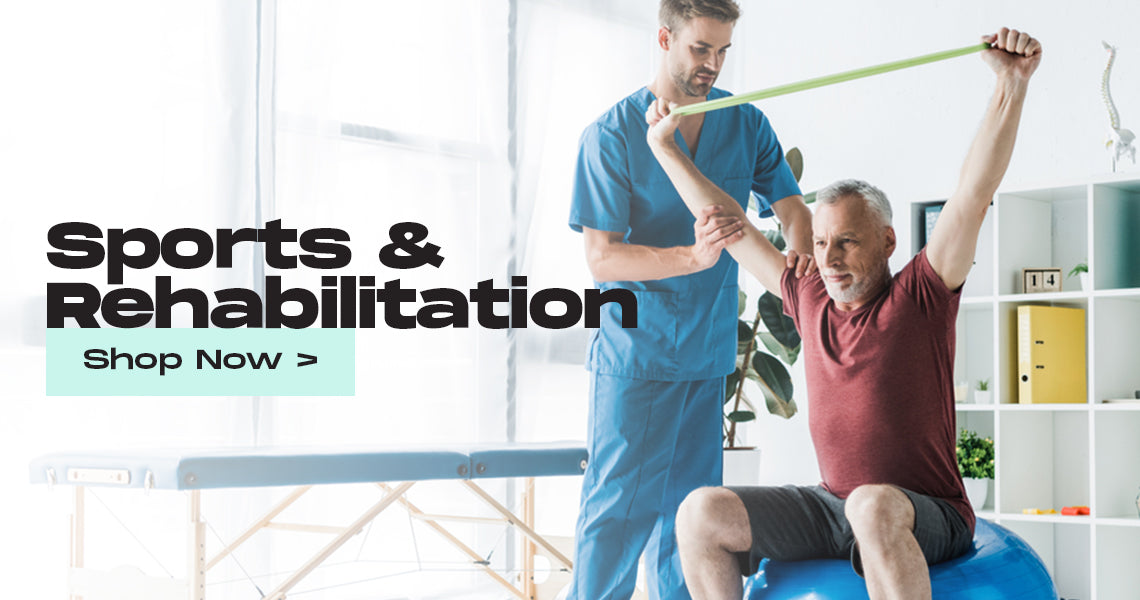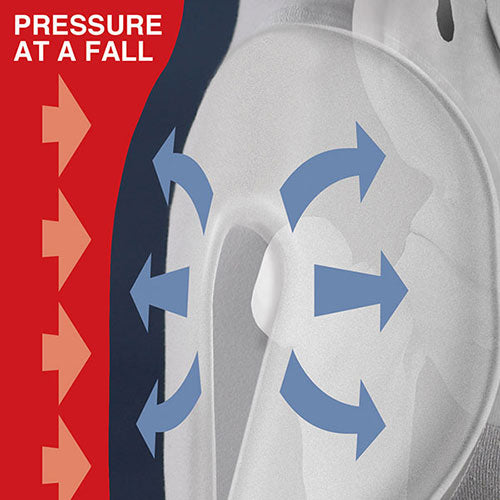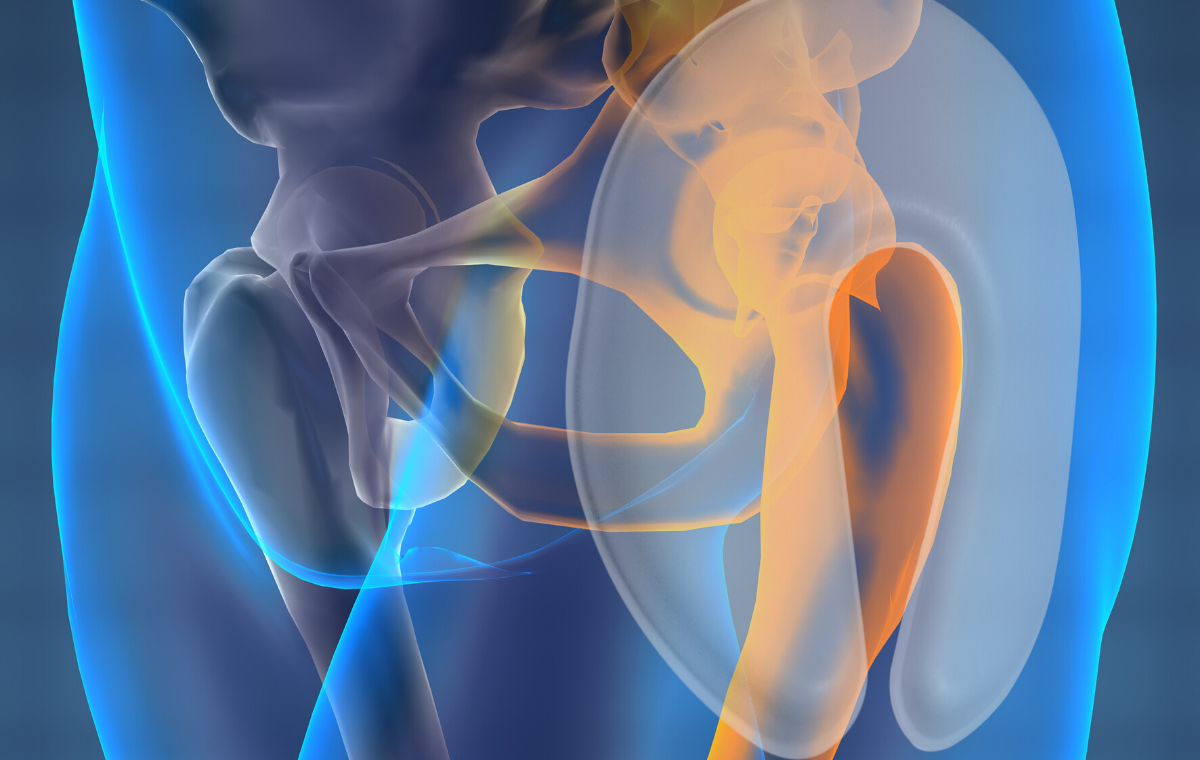It happens every day…The risk of falling increases with age. 30 to 40 per cent of healthy older people suffer from falls too. Every third person over 65 years of age falls at least once on an annual basis. Bone fractures are a frequent result of this, with almost 4,000 older New Zealanders breaking a hip each year. Fractures in the hip and thigh regions have particularly serious consequences. Such injuries require painful and lengthy treatments, as well as regular care, which often endangers independence and has an impact on the quality of life.
|
An unprotected sideways fall onto the hip is the most common cause of a fracture of the femur neck. |
|

|
Weighing up the costEvery year ACC accepts around 155,000 claims fractures and falls related injuries among New Zealanders aged 65 years or over. The financial cost to the national healthcare system is around $195 million annually to help people recover. This represents a 47 percent increase since 2013 on hip fracture care alone. When all fractures caused by osteoporosis (fragility fractures) – are considered the total cost is up towards $330 million per year. Given the increasing economic burden of hip fractures, there is a continued interest in cost-effective preventive interventions such as exercise, strengthening as well as precautionary measures for when falls do occur like hip protectors. |
|
Who is at Risk?The following groups of people are at particular risk:• those who suffer from osteoporosis • those who are afraid because they have already had a number of falls • those who have never been played much sport and are generally sedentary • those who suffer from muscular weakness, balance disturbances and vertigo • those who perform household chores and face trip hazards from carpets, steps and wet floors • those who take medication, particularly tranquilisers and sleeping tablets, or drugs which lower blood pressure and blood sugar • those who suffer from impaired hearing and vision
|
|
|
|
How can falls and the consequences be prevented?Prevention is better than cure. This old saying is especially appropriate here. It is better to prevent falls and protect yourself in order to minimise the negative consequences of a fall. This helps to maintain personal mobility and independence. Reducing the risk of falls • Strengthening muscles by daily exercises and movement • Balance and coordination training • Removal of sources of risk in the household. |
|
|
|
|
|
Comfortable hip protectors for everyday lifeSAFEHIP with patented horseshoe technology assists the natural physical function by not only reducing the energy of the impact, but also diverting it to the surrounding soft parts. AirX-protectors, 100% textile protectors are made of breathable fabric, that are especially skin friendly and hardly wear out. Clinically proven SAFEHIP is the most commonly clinically tested hip protector, tested on a total of 7000 patients worldwide so far. It can reduce fractures of the femur neck by up to 64%* Hip protection should be seen as an extra possibility of security that contributes to the user’s own safety on the same level as seatbelt, lifejacket, or motorcycle helmet. Hip protection reduces the risk of serious injury, saves money and can also improve quality of life by promoting a sense of security, thus allowing the user to remain active, social and reduce the fear of falling.
|
References:1) Users compared to non-users in a clinical study conducted in Norwegian care homes - Bentzen H, Bergland A, Forsén L; “Risk of hip fractures in slightly protected, heavily protected and unprotected cases”; Inj. Prev. 2008; 14; 306-310 2) ACC 2021, Preventing fragility fractures; https://www.acc.co.nz/newsroom/stories/preventing-fragility-fractures/ 3) Osteoporosis NZ, 2014, Fracture Liaison Services Resource Pack; https://osteoporosis.org.nz/resources/health-professionals/fracture-liaison-services/ 4) Abey-Nesbit, Rebecca & Schluter, Philip & Wilkinson, Tim & Thwaites, John & Berry, Sarah & Jamieson, Hamish. (2019). Risk factors for hip fracture in New Zealand older adults seeking home care services: A national population cross-sectional study. BMC Geriatrics. 19. 93. 10.1186/s12877-019-1107-1. 5) de Bot, R., Veldman, H., Witlox, A. et al. Hip protectors are cost-effective in the prevention of hip fractures in patients with high fracture risk. Osteoporos Int 31, 1217–1229 (2020). https://doi.org/10.1007/s00198-019-05252-8 6) https://tytex.com/products/hip-protection 7) image: channelmag.co.nz Columnist | Hip fracture in older folks
|










